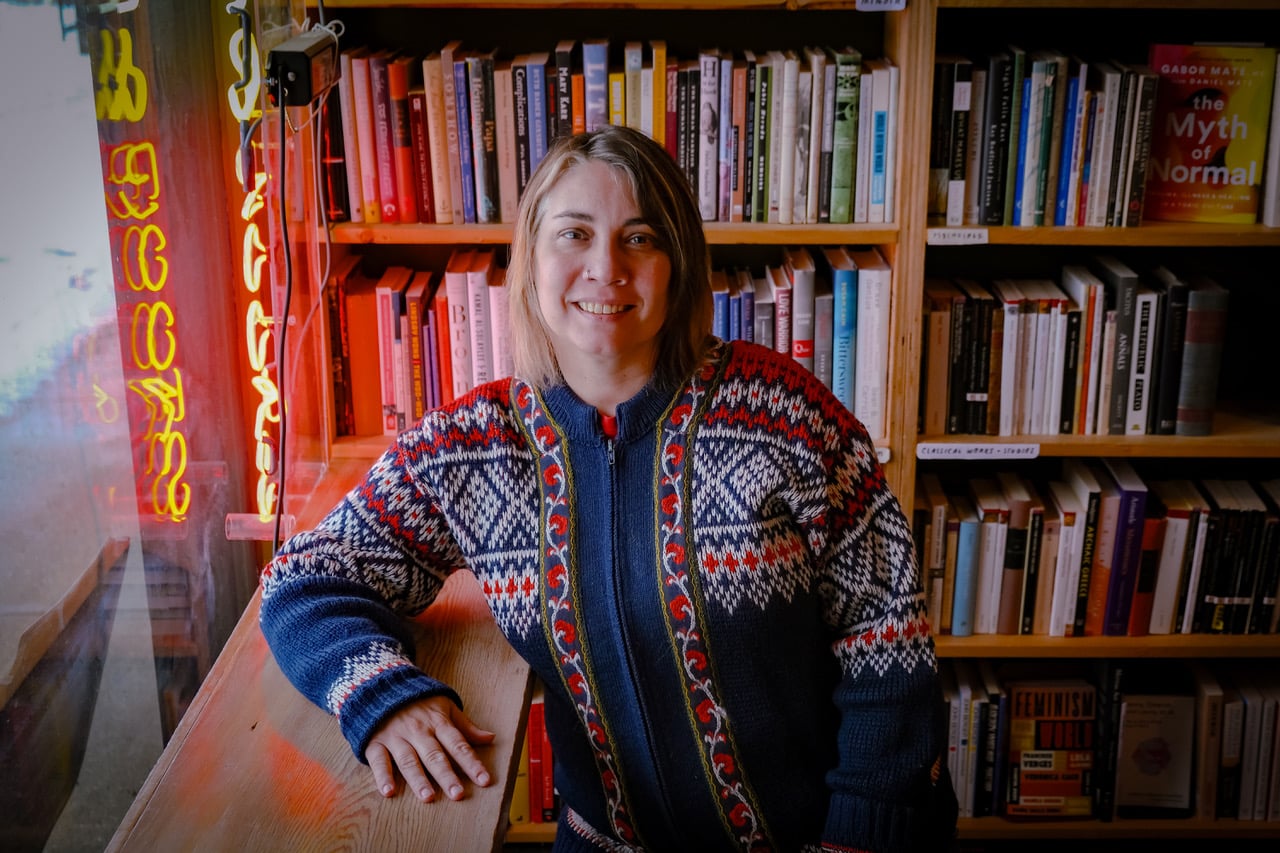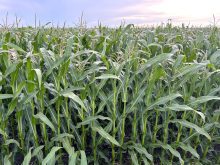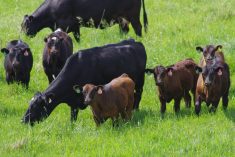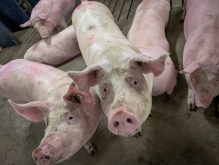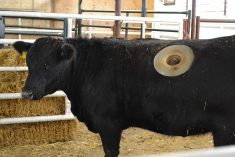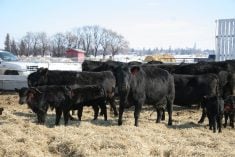The use of telemedicine is growing, and if you’ve texted a video or a photo to your veterinarian, you’ve participated in it.
“Telemedicine is defined as providing medical advice and treatment based on remote collection of information,” said Natasha Kutryk, the incoming president of the Alberta Veterinary Medicine Association.
“There probably aren’t many farmers who haven’t shared a photo of an animal or a case to their veterinarian. It’s definitely becoming more common, especially through the pandemic, where we adjusted our normal reality.”
Read Also
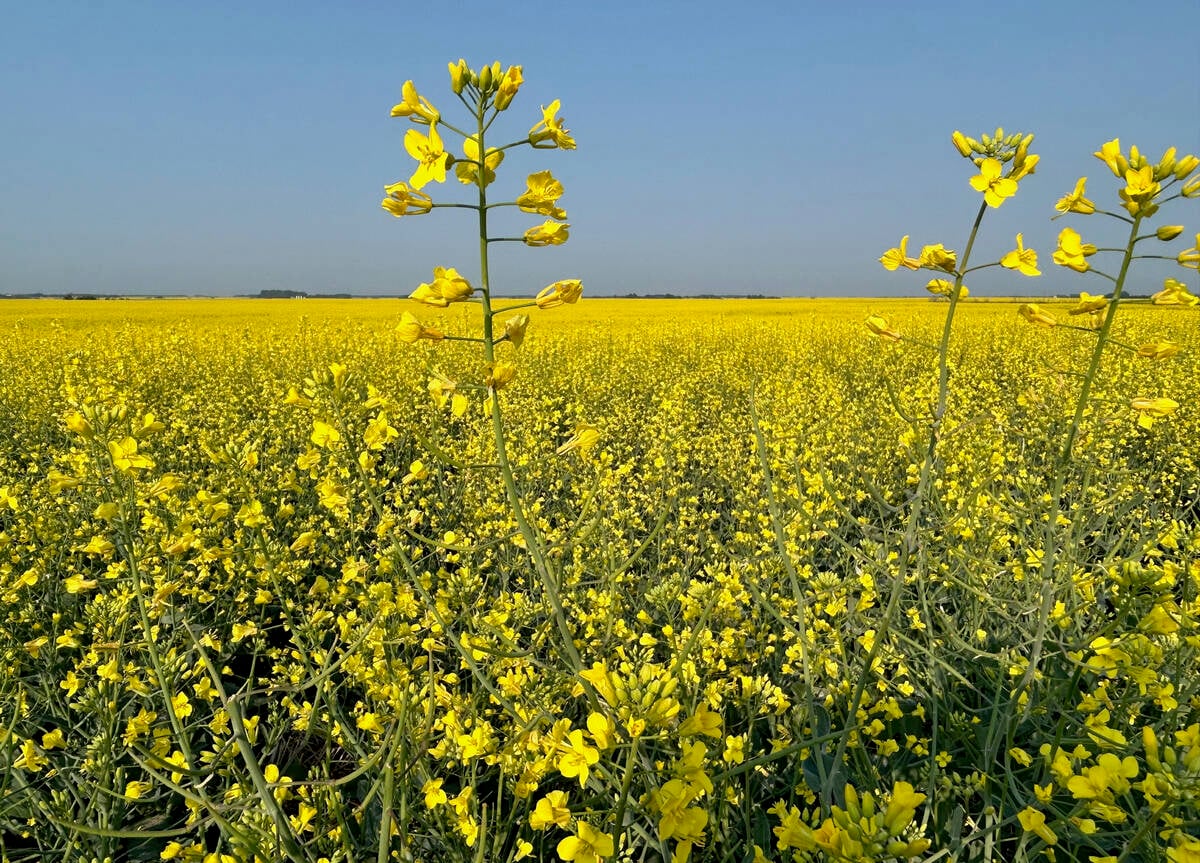
Want more canola bushels? Join a local research network
Joining a local group of farmers who conduct on-farm trials and share data is a great way to boost profitability, say agronomists in Western Canada.
Last month, the association loosened the rules regarding telemedicine. The general rule is that telemedicine could only happen if a producer had established what’s called a veterinarian-client-patient relationship (VCPR). However, now treatment can be provided in an emergency situation, although a VCPR must be established for ongoing care.
“Our council recognizes because of the shortage of veterinary professionals in the province and the remoteness of rural Alberta, that might not exist for a producer, and they may have an animal needing treatment,” Kutryk said.
There are now 864 vacancies for veterinary professionals, both vets and veterinary technologists, in the province.
“There is a significant professional veterinary shortage globally, but particularly in Alberta,” said Kutryk, who works for Merck Animal Health and raises cattle near Vegreville. “For example, the vacancy rate of vets in Alberta is 16.7 per cent.”
While the shortage is felt in both urban and rural areas, “large animal medicine is integral to Alberta’s rural economy,” she said.
“Telemedicine greatly enhances the veterinarian’s ability to assist producers in their businesses as well as do disease surveillance and ensure Alberta’s population has access to a safe, available source of animal protein,” Kutryk said. “I wish we didn’t have the shortage and we didn’t need to talk about improving access of care. Unfortunately, that is not the situation.”
But use of the technology is growing for other reasons, too.
Many problems can be identified through a combination of photos or video along with talking to the producer. Telemedicine may be the only option when travel isn’t possible because of distance or poor weather or when a clinic is so backed up it can’t book another appointment.
“Video or photo can be (reviewed) outside of those normal appointment times,” noted Kutryk. “The biggest improvement for producers is accessibility. Instead of bringing an animal to a clinic — which in Alberta can mean hours of transportation — having the digital means to relay information about that animal to their veterinarian is a huge time saver, and convenient.
“And ultimately, that animal can be treated faster.”
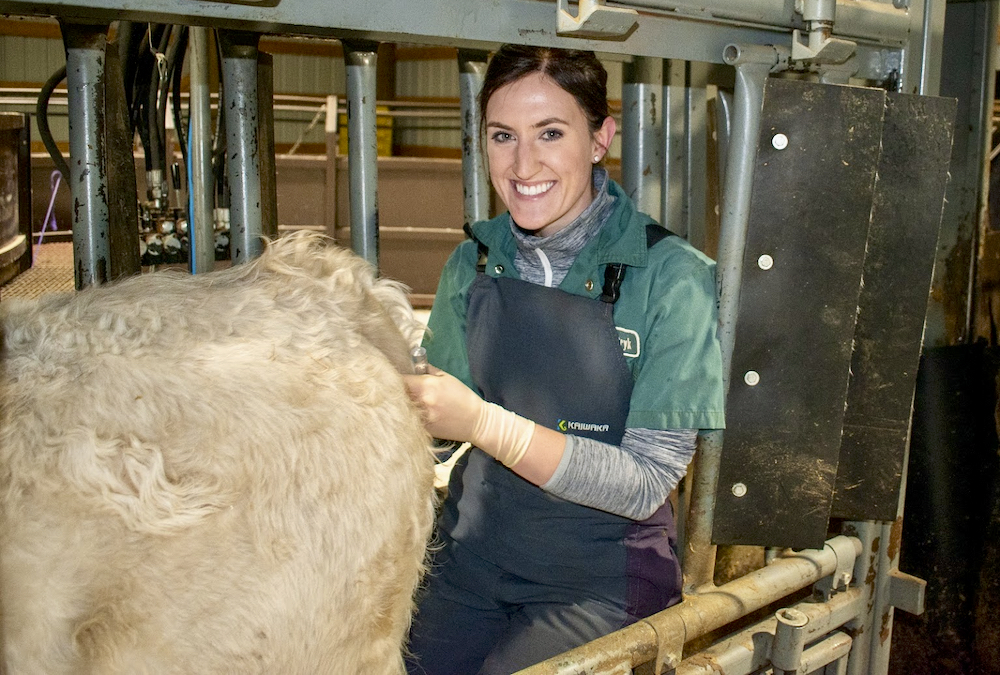
Moreover, behaviour is more authentic when an animal is in its normal environment. A video of a lame cow taken on the farm, for example, can provide information that might not be apparent when that animal is in the clinic and stressed from travel and being in a strange environment, said Kutryk.
“If a veterinarian cannot come out to your farm, sharing a video or photo of an animal in their environment can provide a lot of information,” she said. “That might still mean the animal needs to be transported or that the veterinarian needs to go to the farm to administer treatment, but that information is very valuable.”
Kutryk said she is grateful, as a veterinarian and a producer, for the technology that underlies telemedicine and she predicts its use will become more widespread.
But not surprisingly, poor internet service in rural areas is a critical barrier.
“I hope telecommunications companies improve on that,” she said. “It’s essential for all aspects of business, let alone veterinary care.”

